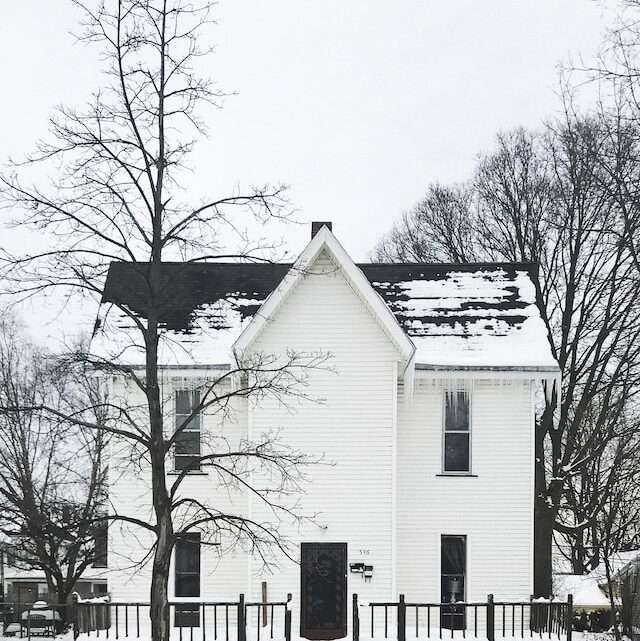Why Professional Snow Load Calculation is Critical for Building Safety and Maintenance
April 13, 2023While snow can create a beautiful landscape, it also threatens buildings and the people who occupy them. If the owner of a building does not remove the snow load, there is a risk of structural overload and damage.
Safety
Snow load is the weight of accumulated snow and ice on a building’s roof. It can cause damage to the roof itself or the entire structure, and it can also be dangerous to building occupants. The amount of snow a building can handle depends on several factors, including geographic location, climate, and building design. It is also affected by wind activity, warm temperatures, and melting from the building or the snow that accumulates between winter storms. A professional engineer determines a building’s snow load. Structural engineers rely on international building codes to determine the appropriate snow load design for each building. A professional engineer can also help you determine if your building meets the proper snow load requirements or requires a new measurement of roof snow load. In addition, they can guide how to remove snow safely and in a way that does not harm the roof or the people inside.
Efficiency
A building’s roof will experience a snow load when it has a weight of snow and ice on it. It is based on a combination of wind exposure factor, thermal effects factor, and essential factors for end users. It also considers slope, roof covering, and drift from slip accumulation. It is calculated for flat roofs, sloped roofs, and various other roof types. Professional snow load estimation is crucial to the design process, whether creating a new structure or upgrading an old one. It is the best way to protect your property from damage and ensure your safety. Professional snow load calculations are based on several factors, including building class, design, and geographical location. They are based on the minimum design loads outlined in ASCE 7 and may change due to these factors.
Reliability
Professional snow load calculation is the most reliable way to design roofs that withstand snow loads. This method relies on historical ground snow data and extreme value statistical analysis to determine a snow load with a 50-year mean recurrence interval. There is a 2-percent chance that the actual snow load will exceed the design snow load in any given year. In the United States, ground snow load maps and tables are based on historical data and can be found in the Minimum Design Loads for Buildings and Other Structures (ASCE 7-05). Where the ASCE 7-05 map or table needs to provide sufficient information, or it is suspected that the published general values may need to be more accurate, site-specific case studies need to be performed.
Cost
The cost of a professional snow load calculation is a small price to pay for building safety and maintenance. It can help prevent a roof collapse, ice dams, or insurance claims. Aside from the cost of a top-notch snow load calculation, it also requires specialized equipment and training. A high-end snow calculating machine may cost several thousand dollars, but the investment is worth it in the long run. Similarly, a well-designed snow-detecting sensor may cost a few hundred dollars, but the ROI is significant. In the case of a large commercial building, a sensor system is likely to pay for itself through savings in repairs and unforeseen insurance claims. A high-end system is also more likely to have a longer warranty. This is because a good system is less likely to fail than one that isn’t designed to handle the rigors of heavy winter weather. Using the right sensors is essential in ensuring that your building meets the highest standards for safety and durability.



